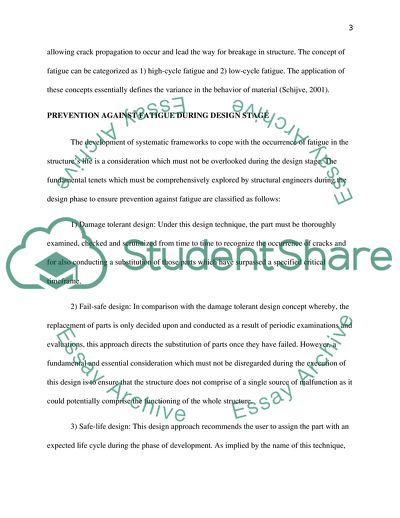Cite this document
(The Concept of Fatigue in the Discipline of Materials Engineering Assignment Example | Topics and Well Written Essays - 1750 words, n.d.)
The Concept of Fatigue in the Discipline of Materials Engineering Assignment Example | Topics and Well Written Essays - 1750 words. https://studentshare.org/engineering-and-construction/1832836-materials-engineering
The Concept of Fatigue in the Discipline of Materials Engineering Assignment Example | Topics and Well Written Essays - 1750 words. https://studentshare.org/engineering-and-construction/1832836-materials-engineering
(The Concept of Fatigue in the Discipline of Materials Engineering Assignment Example | Topics and Well Written Essays - 1750 Words)
The Concept of Fatigue in the Discipline of Materials Engineering Assignment Example | Topics and Well Written Essays - 1750 Words. https://studentshare.org/engineering-and-construction/1832836-materials-engineering.
The Concept of Fatigue in the Discipline of Materials Engineering Assignment Example | Topics and Well Written Essays - 1750 Words. https://studentshare.org/engineering-and-construction/1832836-materials-engineering.
“The Concept of Fatigue in the Discipline of Materials Engineering Assignment Example | Topics and Well Written Essays - 1750 Words”. https://studentshare.org/engineering-and-construction/1832836-materials-engineering.


